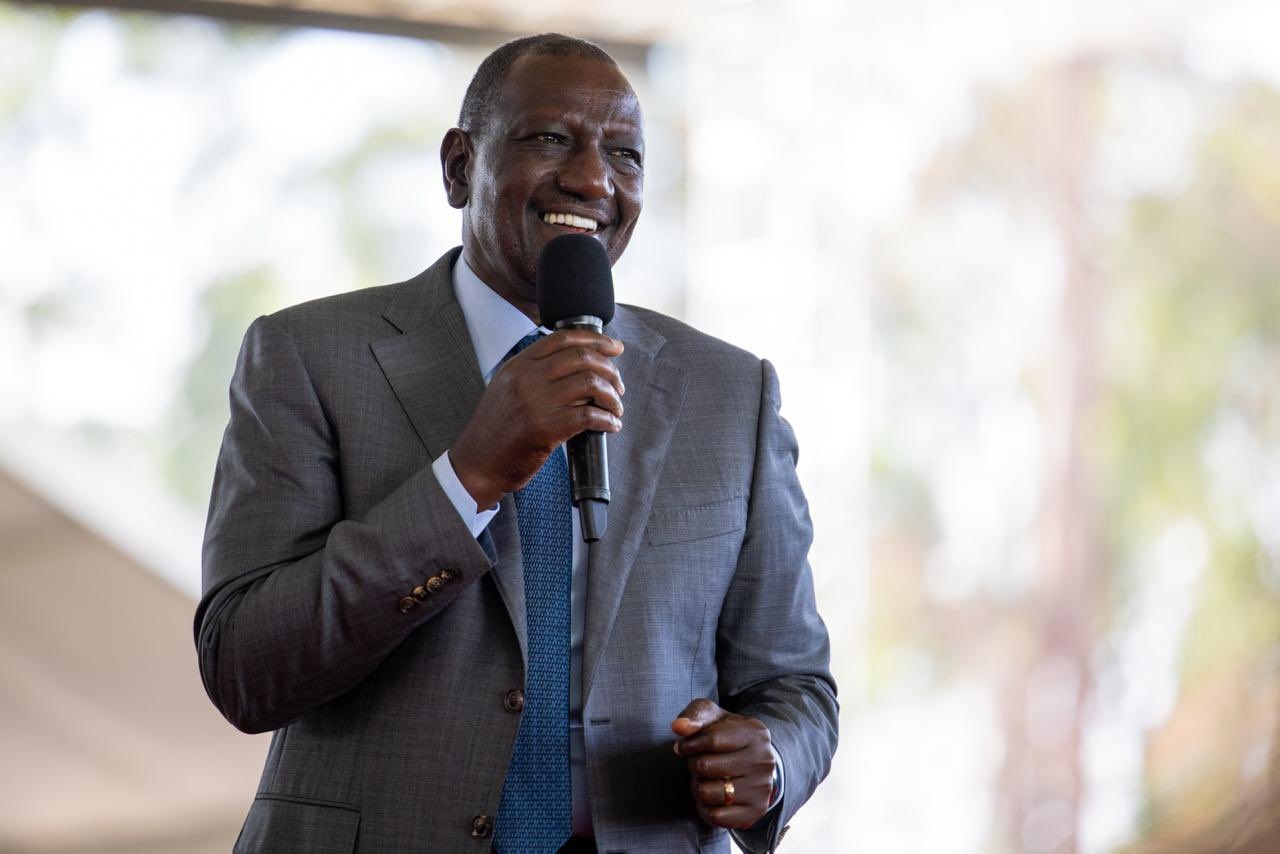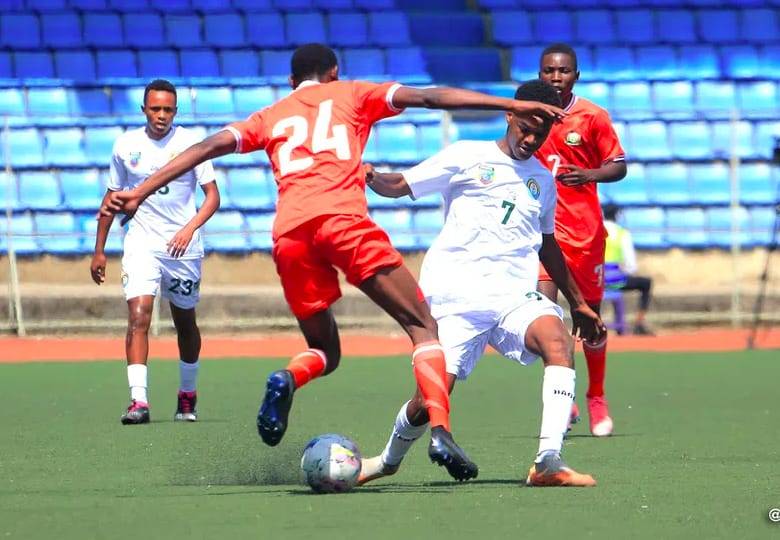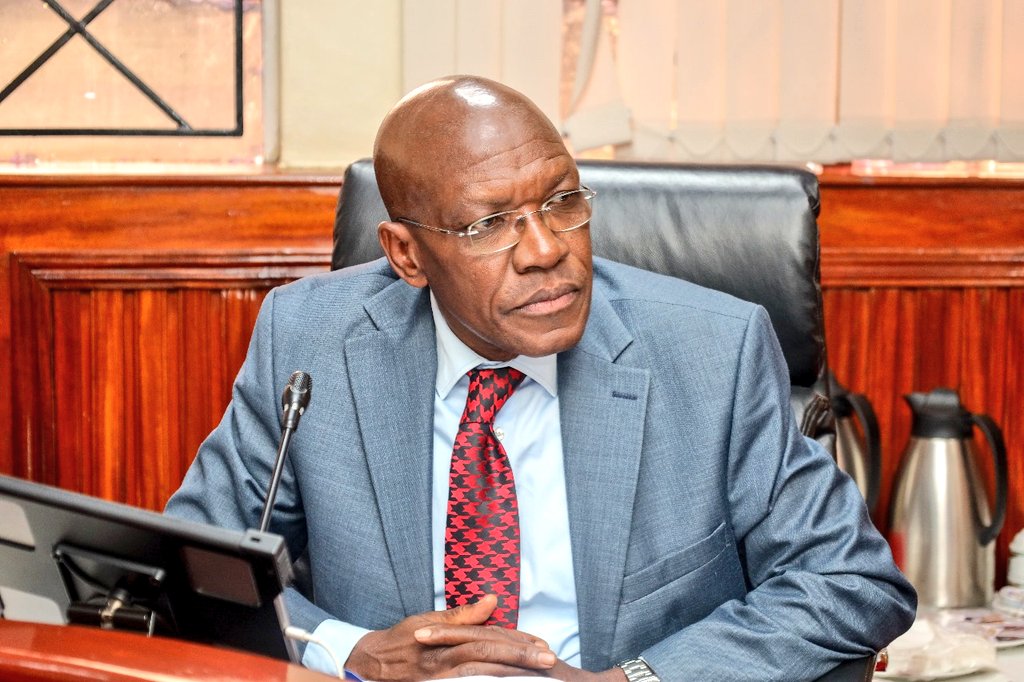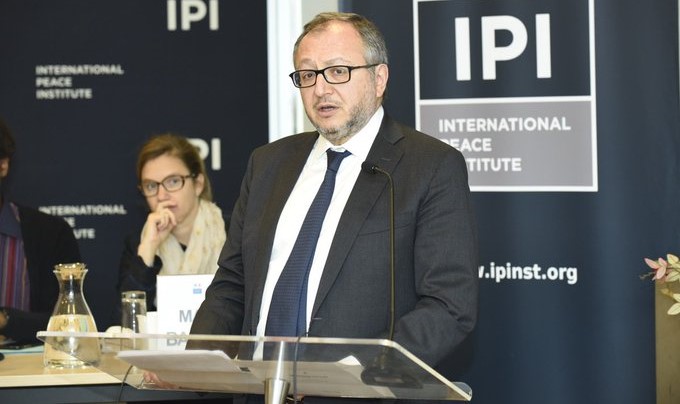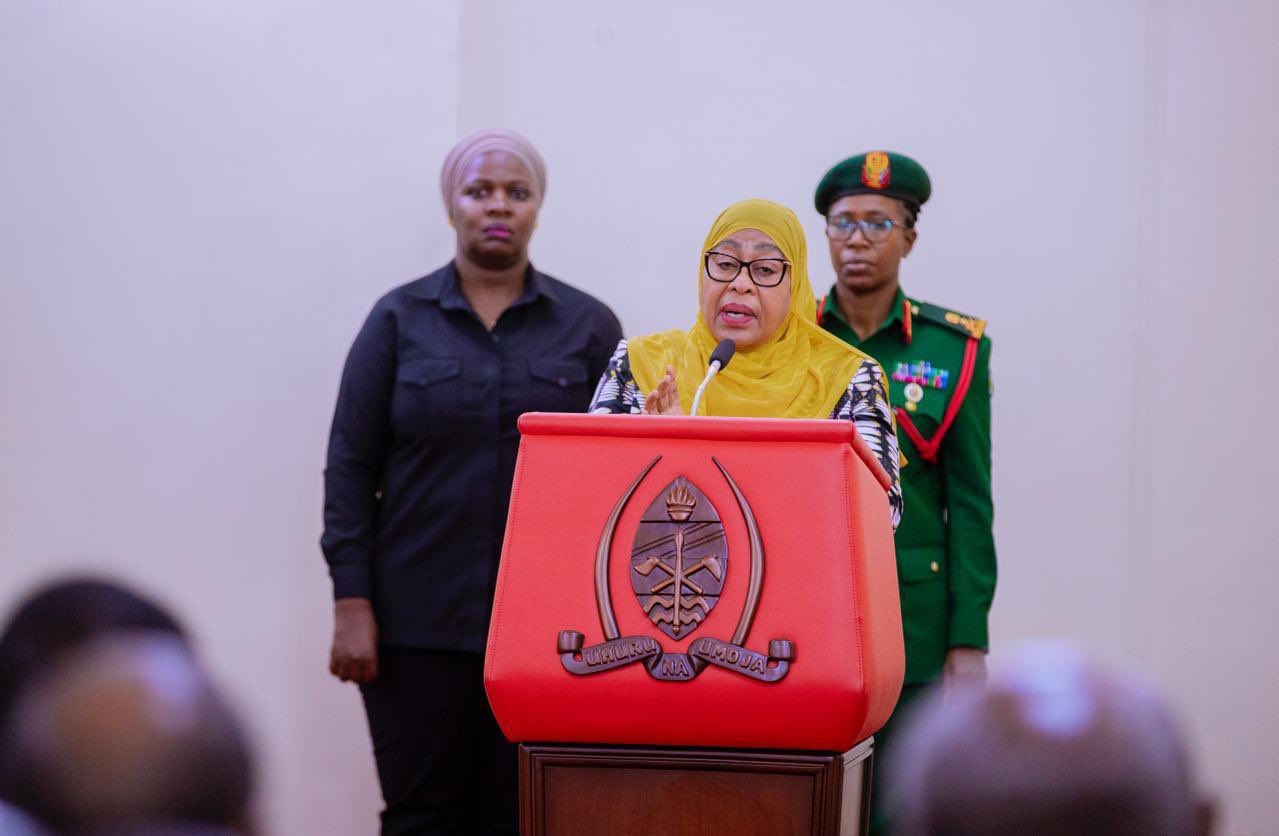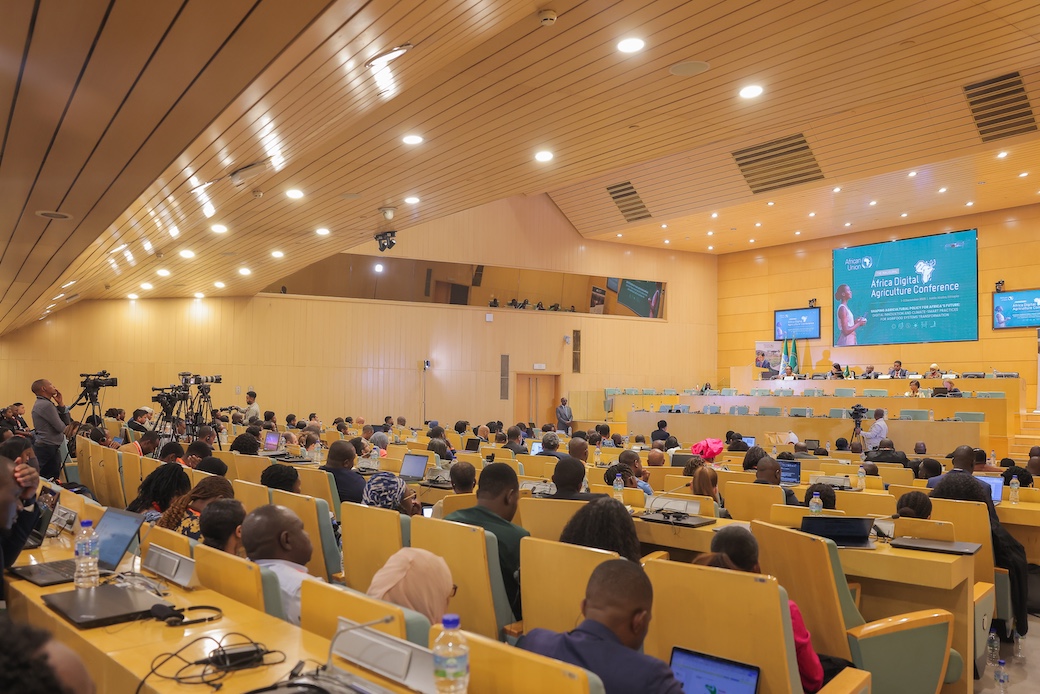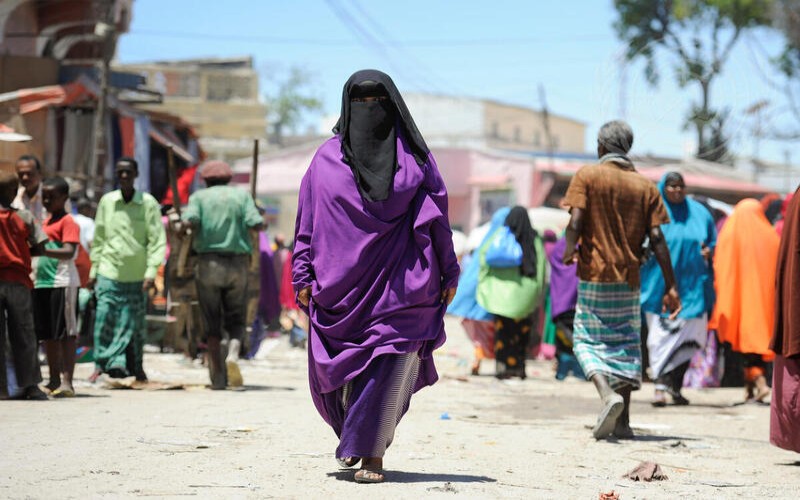Shakahola massacre: Pathologist reveals victims were strangled, not just starved
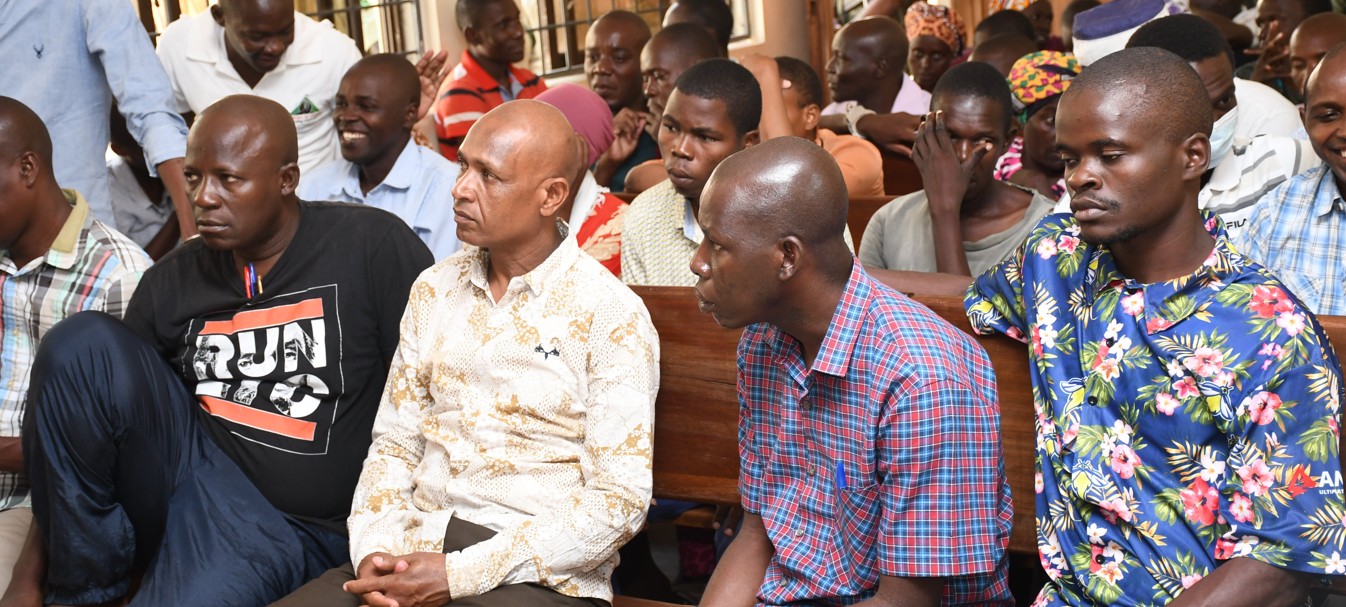
Dr Richard Njoroge, one of five government pathologists who examined the remains, told the Shanzu Law Courts that several of the 453 bodies recovered from the forest showed signs of manual strangulation, asphyxia and blunt force injuries.
The long-held belief that victims of the Shakahola massacre died solely from starvation has been challenged after a government pathologist presented disturbing new findings before a Mombasa court.
Dr Richard Njoroge, one of five government pathologists who examined the remains, told the Shanzu Law Courts that several of the 453 bodies recovered from the forest showed signs of manual strangulation, asphyxia and blunt force injuries. He said this suggested that not all victims starved to death and that some may have been deliberately killed.
More To Read
- Witness recounts how Paul Mackenzie’s teachings led her to quit career, reject medicine
- Shakahola witness tells court she hasn't used medicine for over 10 years as they are "satanic"
- Families recount tragic loss of children in Shakahola starvation case
- Pastor’s daughter reveals how Mackenzie led followers to death in Shakahola Forest
- Pastor Mackenzie promised children wealth, helicopter if they followed his teachings - witness
- Court told Mackenzie secretly ate in custody as followers starved for eight days
Testifying before Principal Magistrate Leah Juma, Dr Njoroge outlined the extensive work carried out by his team. Their tasks included identifying and marking grave sites, coding and exhuming bodies, conducting autopsies, and analysing DNA samples to determine causes of death.
He revealed that some graves contained between two and seventeen bodies, while many of the remains were badly decomposed, with some reduced to skeletons, making identification difficult.
The court also heard that the level of decomposition varied depending on factors such as the age and health of the deceased, environmental temperature, and the time elapsed before burial.
Of the 453 bodies examined, 195 deaths were linked to acute starvation. These cases were marked by loss of muscle mass, absence of abdominal fat, empty stomachs, and fatty livers.
Severely malnourished
However, Dr Njoroge dismissed the notion that famine alone could explain the scale of the tragedy.
Further evidence presented in court deepened the investigation. Police Constable Joseph Munyaka, a digital forensic analyst, testified that he analysed mobile phones linked to the case. With the owner’s consent, he retrieved four photographs showing severely malnourished individuals, including a child.
The court also heard from document examiner Gilbert Kipngeno, who supported a complaint by Shadrack Musau Mutiso that his signature had been forged in the registration of Good News Media (K) Ltd, an entity tied to the Good News International Ministry.
Kipngeno testified that his analysis of thirteen documents confirmed the forgery. While one signature belonged to cult leader Paul Mackenzie, another on the registration papers did not match Mutiso’s specimen, proving it had been falsified.
Top Stories Today

